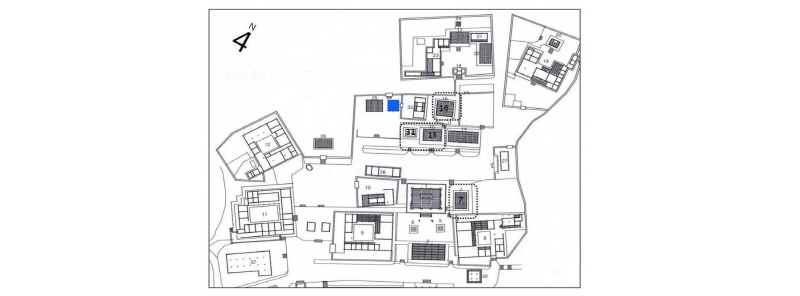Abstract
The Seonamsa temple is located on steep terrain surrounded by forests and valleys, and is a place that the temple is scared of biological damage because it has high humidity and low wind levels. Therefore, we investigated a concentration and diversity of airborne fungi in indoor and outdoor by collecting air each season. The outdoor fungal load was far higher in spring (276 CFU/m3), autumn (196 CFU/m3), summer (128 CFU/m3) than in winter (24 CFU/m3). The lowest located Jijangjeon and upper located Wontongjeon showed the highest distribution of 337.4 CFU/m3 in summer and 333.4 CFU/m3 in autumn, respectively. Summer is the season with large variations in the concentration of airborne fungi between indoor and outdoor, a concentration of airborne fungi in indoor was maximum three times higher than these in outdoor with 128 CFU/m3. Although the most fungi were collected in spring, fungal diversity was richer in summer and autumn with 28 genera 45 species and 25 genera 47 species, respectively. In particular, the concentration of airborne fungi was the most highest in all sampling sites in autumn, of which Ascomycota members accounted for 86% and Cladosporium genus was dominated. The most kind of Penicillium (16 species) was mainly distributed in indoor air in summer, autumn and winter.
Acknowledgements
This study was supported by the Convergence Research Project on Cultural Heritage, through the National Research Institute of Cultural Heritage (NRICH) in the Republic Korea.
Figures & Tables

Layout and direction of Seonamsa temple. 7, Jijangjeon hall; 15, Buljojeon hall; 16, Wontongjeon hall; 31, Josadang shrine.


